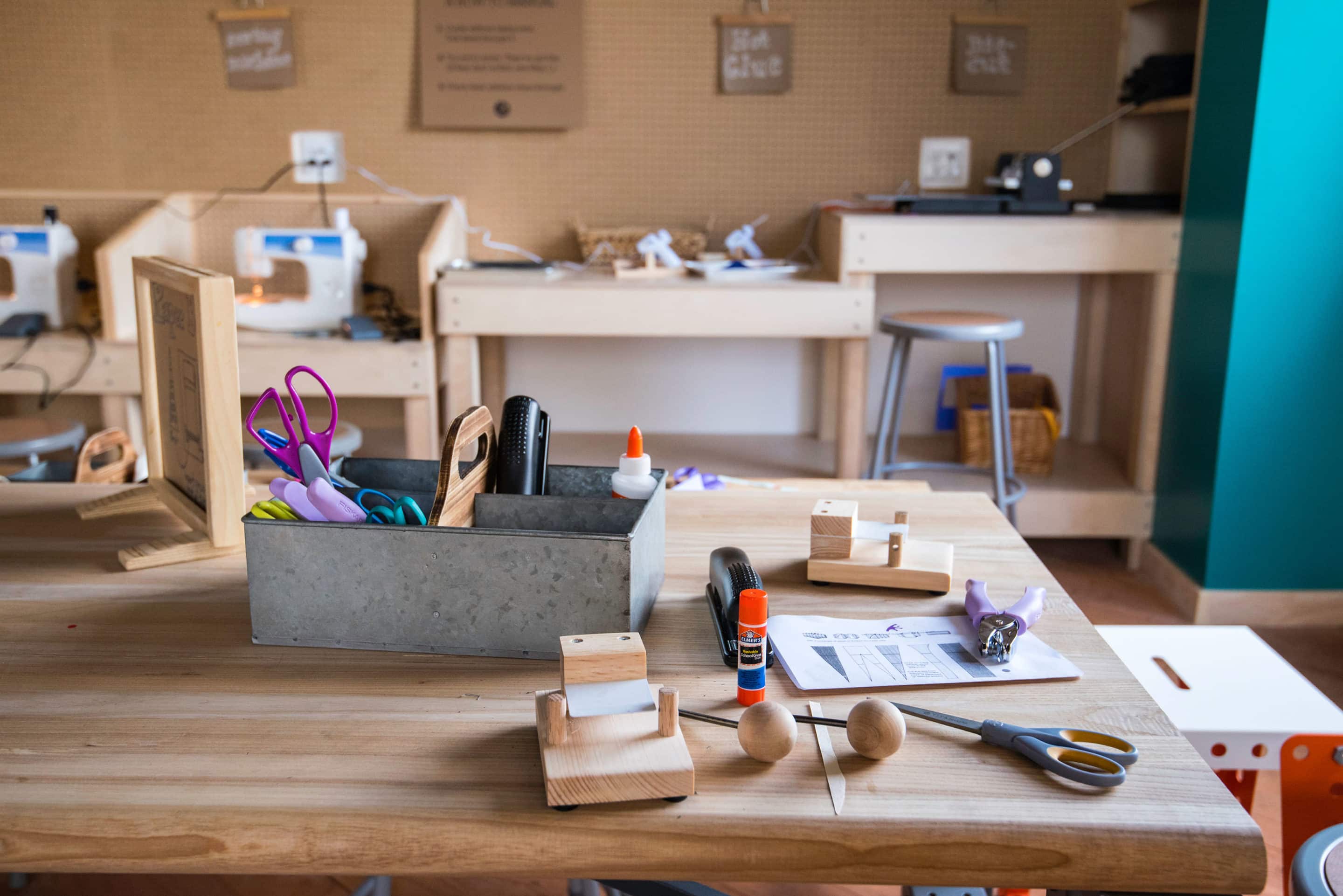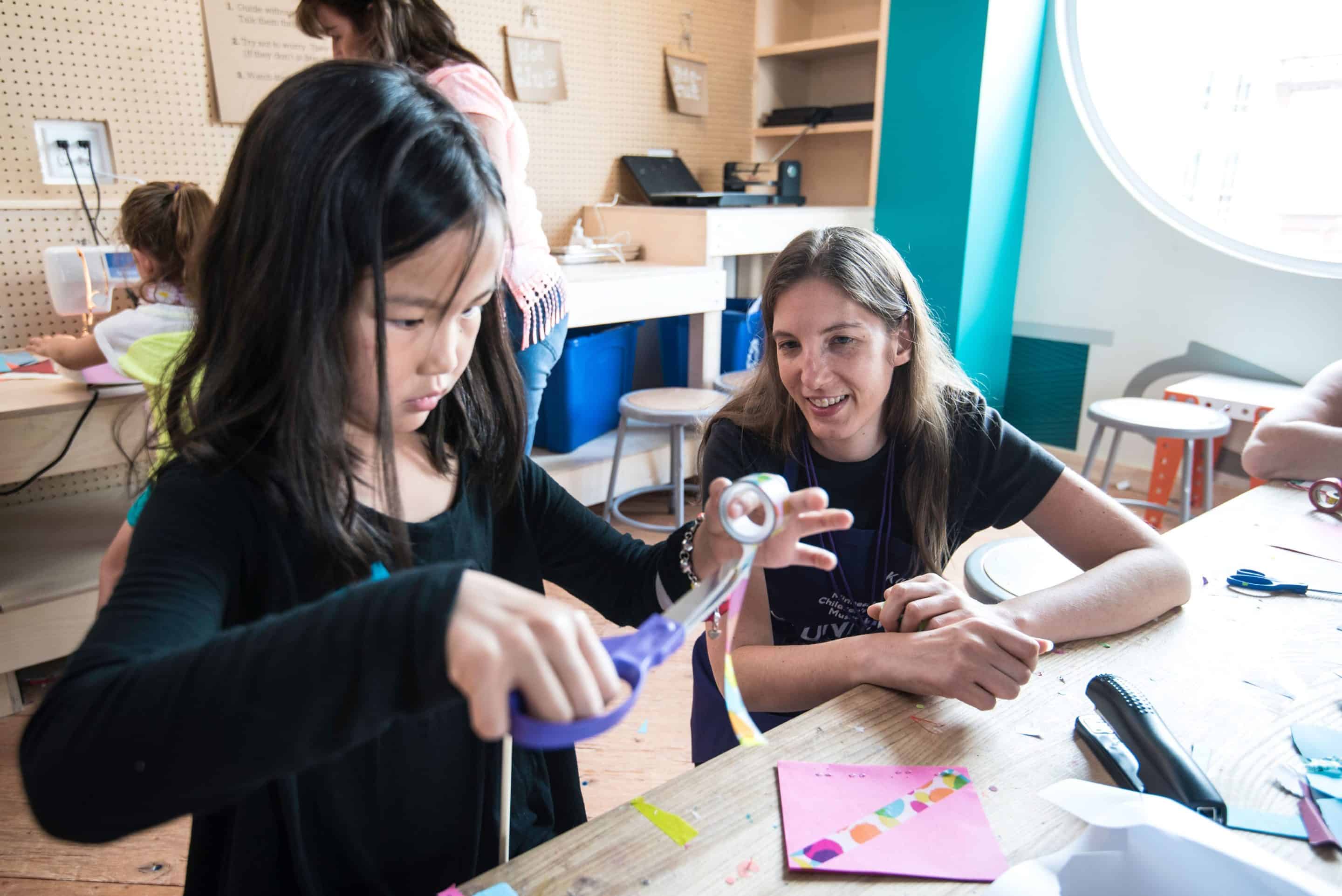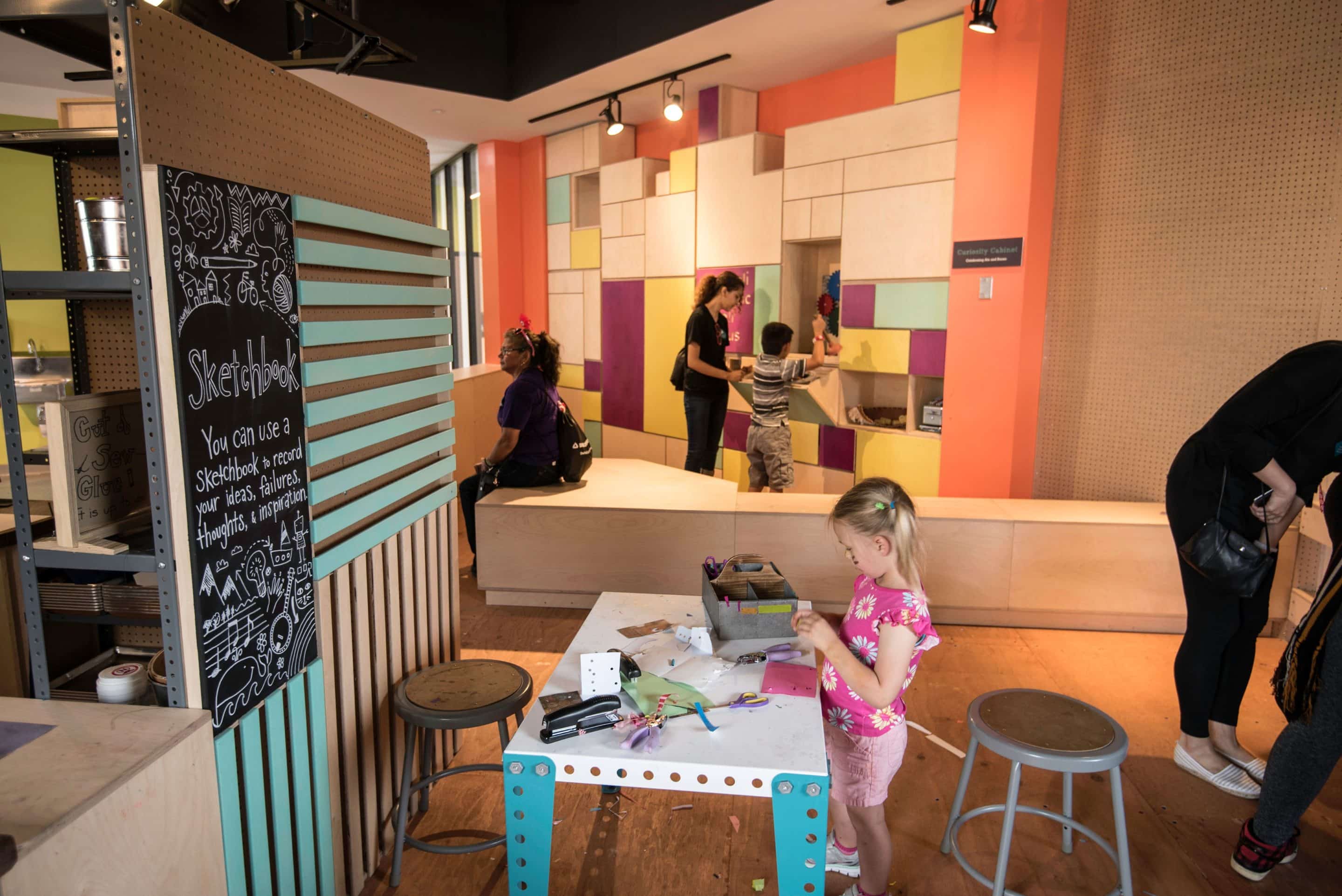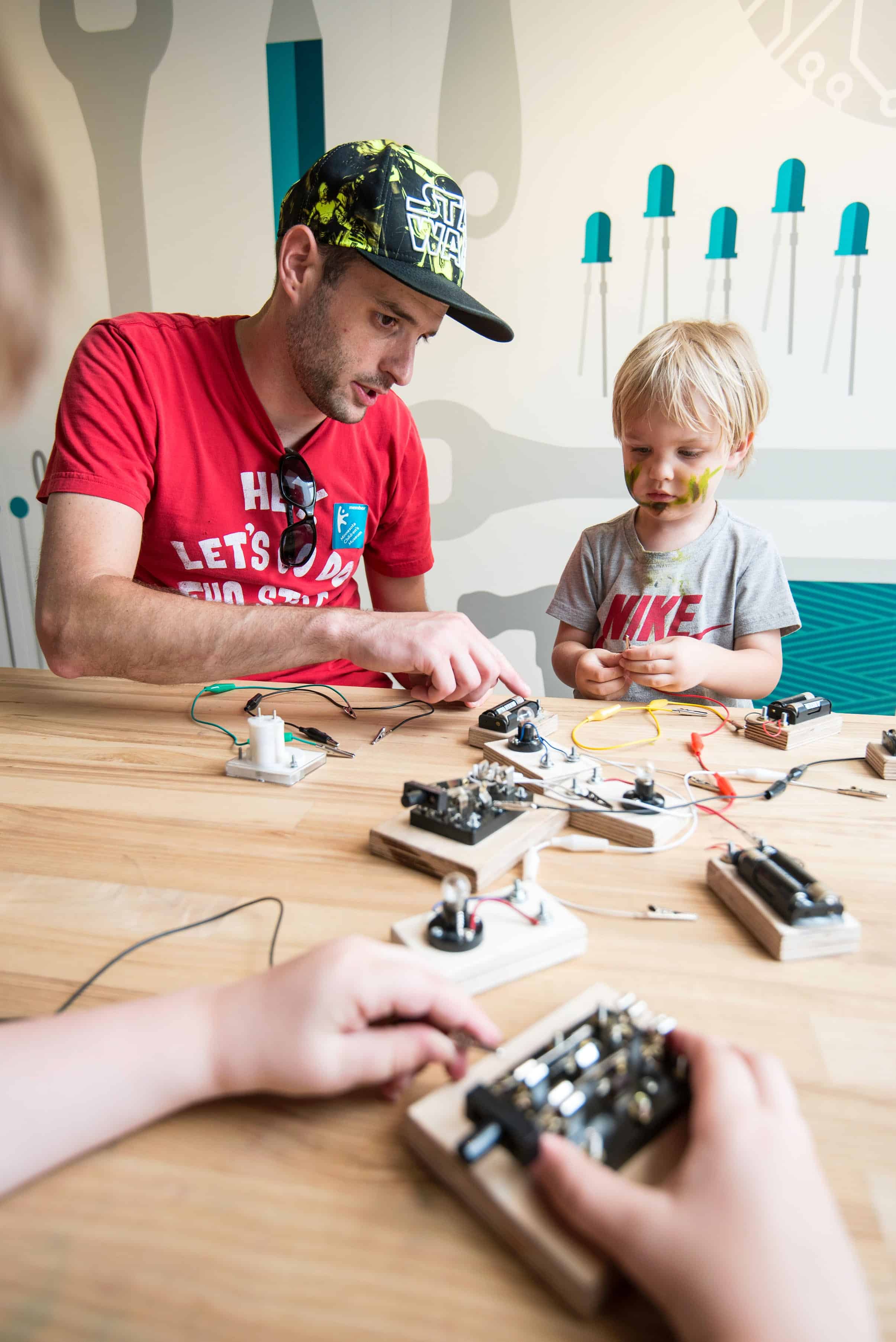Makerspace Movement

DANI
LA ROCCA
Integrated Communication Intern
A maker space, also known as a hacker space or fab lab, is a place for those who are looking to put forth their creative self and become more hands-on. It is a place for people to gather, generate ideas, invent, and learn through provided tools and space for DIY crafts. They are most often found in libraries, museums, schools, and public places in the community; as the maker space movement continues to spread, they have become more accessible and available.


“Maker spaces are zones for trial and error”

Maker spaces are zones for trial and error, a place for people to learn through manual experimentation by approaching a problem and finding a solution. By providing access to raw tools and materials, a maker space has become the perfect place for tinkerers and individuals to learn best by doing.
As the maker space movement becomes more recognized more studios are becoming available, specifically in the Twin Cities. The Minnesota Children’s Museum is now one of five maker space studios in the Twin Cities–the others are Twin Cities Makers, Nordeast Makers, The Hack Factory, and MPLS Make. These studios are not your average coloring spot: they are equipped with woodworking, 3D printers, laser cutters, and software–to name a few of the impressive tools. Here at the museum, our maker space provides a sewing machine, electrical circuits, plexiglass, and more. By helping maker spaces become more available to cities and communities the doors to success are opened.
Through research and experimentation maker spaces have been proven to create confidence, critical thinking skills, and expression to both children and adults. The advantages of a maker space for a community are boundless. The informal learning approach expands the minds of those willing to partake in the mission. They are there to support imagination, invention, and most importantly hands-on creativity. Not only are these studios embraced by artists but they are equally appreciated by engineers, students, scientists, and those who are wanting to experiment–it is the perfect combination of a lab and workshop. By participating in a maker space you are allowing a collaborative learning environment that reassures peer support, team bonding, and multidisciplinary thinking through an educational venue. The most important benefit a maker space has on a child specifically is confidence. When a child is able to approach a project or problem and find the answer to their own obstacle in their own way it reinstates their confidence and pushes their critical thinking skills.
Although they are a fairly new phenomenon, maker spaces are creating big changes in the communities that are participating. Be sure to check out your local maker space, whether it be at Minnesota Children’s Museum or one of the studios listed above.
Daniela is an Integrated Communication Intern with experience in childcare. She is a recent graduate from the University of Minnesota with a Bachelor of Arts in Communication and Political Science.

“The perfect place for tinkerers and to learn by doing”
